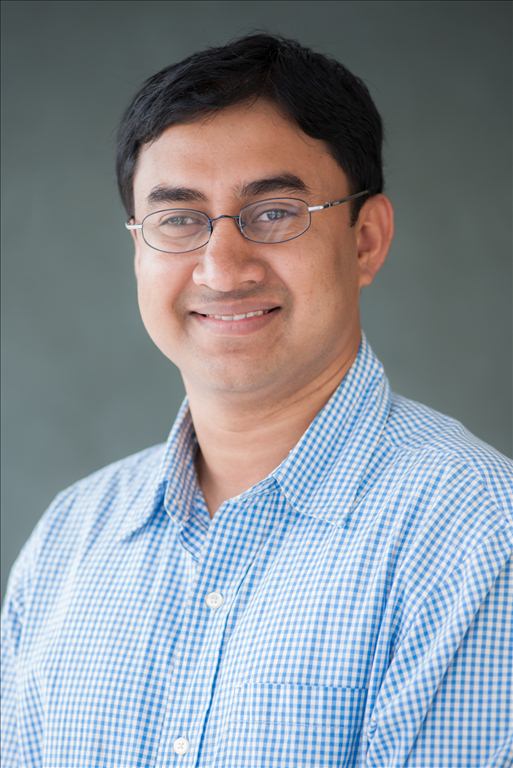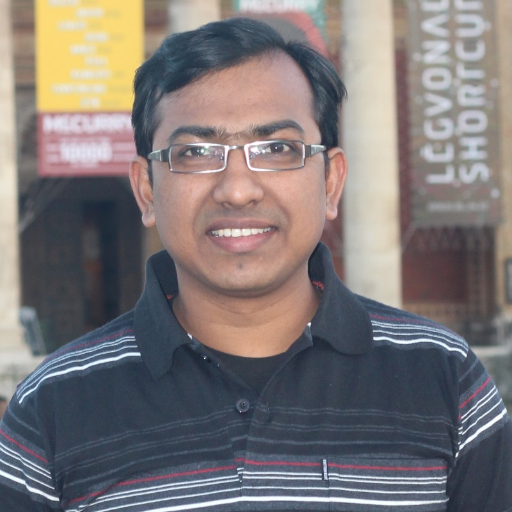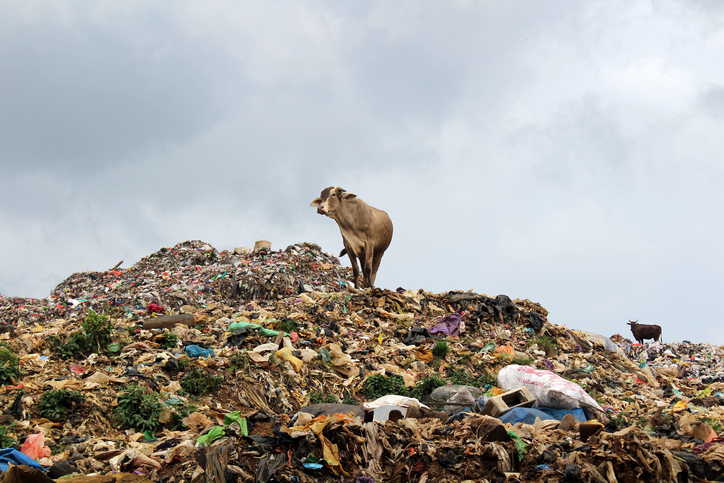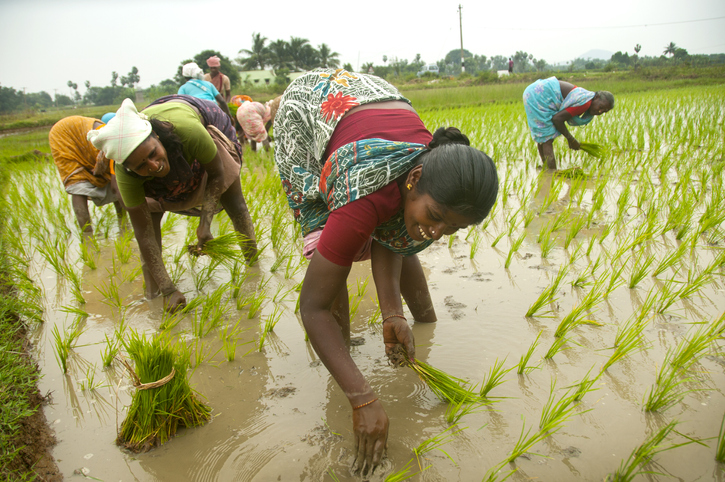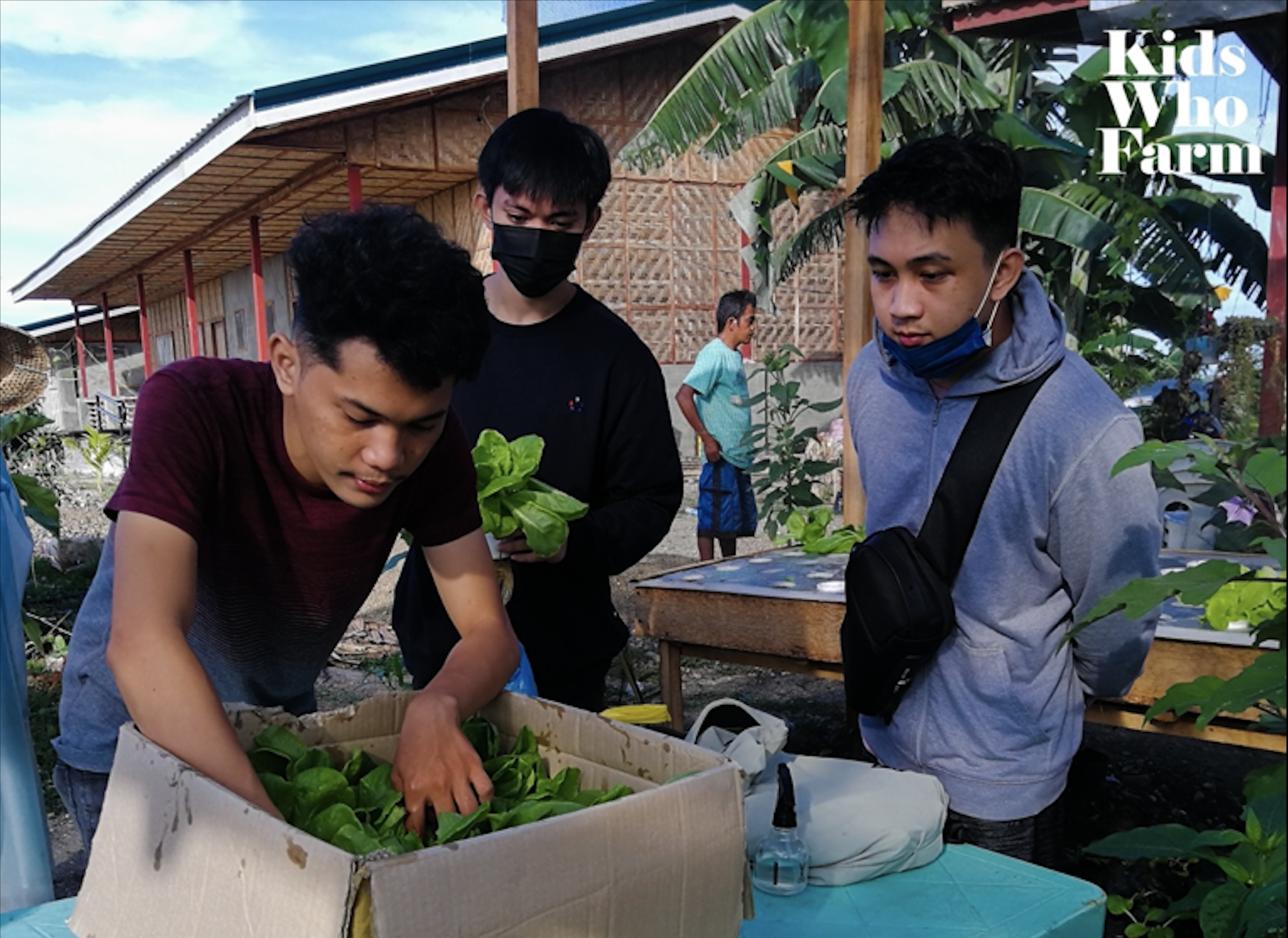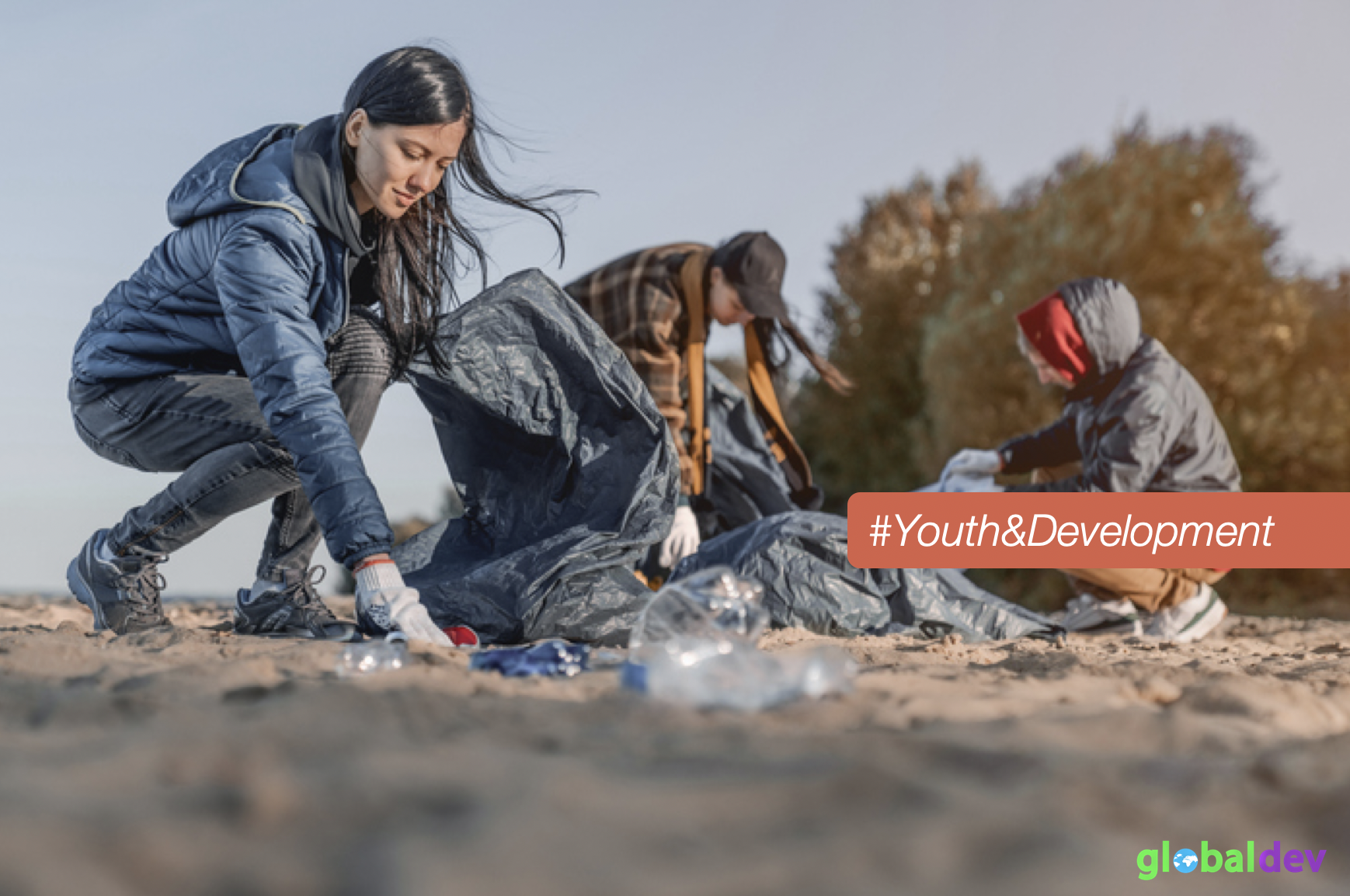Many poor people in developing countries are facing food shortages as a result of the pandemic and the policy response. This column outlines what can be done to tackle this global challenge, focusing on the specific case of Bangladesh.
While lockdowns have been seen as vital for containing the Covid-19 pandemic, they have also contributed to precipitating an unprecedented economic crisis, one that is hitting developing countries harder in terms of both health and the economy. The United Nations (UN) estimates that more than a quarter of a billion people could face starvation during the pandemic.
The lockdown measures pose a serious trade-off in terms of economic welfare and hunger. The poor need to work to survive. The existing social protection schemes in many developing countries are weak and have further weakened due to the economic slowdown resulting from the pandemic. According to the UN World Food Programme’s Executive Director, David Beasley, ‘In a worst-case scenario, we could be looking at famine in about three dozen countries.’
Thus, at present, the biggest concern should be ensuring food security to the poorest section of the population, who are already facing food shortage. Here, we sketch an approach to help the vast majority of poor people overcome the chronic food insecurity during this pandemic. We use Bangladesh as a case study, but the basic principle applies to many other developing country contexts, including India.
In Bangladesh, around 13 million people are already out of work with no fallbacks and an additional five million people are expected to be in extreme poverty due to Covid-19. The government has been taking a number of measures, though on a limited scale, to support poor people through emergency distribution of food or cash.
According to the Bangladesh Bureau of Statistics (BBS), about 20% of the country’s population is living below the poverty line. As people who stand near the poverty line are also vulnerable and likely to suffer from food security, we estimate that nearly 30% of the people or five crore* or one crore households are now acutely food-insecure.
To ensure the basic minimum food security for them, we propose that all these households should be provided with 6,000 Bangladeshi takas per month, a figure consistent with our recent surveys and other estimates, such as by BRAC and PPRC. This means that Bangladesh needs about 6,000 crore takas to feed its poorest 30% who are starving or might be in that position in the coming days. To continue such measures for a year will require about 72,000 crore takas. The total package that the government has announced so far (100,000 crore takas) can help these poorest five crore people for the next 18 months.
In the absence of government subsidies or transfers, could we still make sure that these poorest 30% people do not suffer from hunger? The answer is simple: yes.
Here is how it would work in three alternative scenarios. The detailed calculation is in the table at the end of this column (in which the numbers have been rounded up for convenience). In 2018–19, the country’s GDP was $320 billion (272,000 crore takas), with per capita income of about $2,000. If we exclude the poorest 30%, the remaining 70% command more than 85% of GDP.
During this crisis, the people who remain near the median income (30-60th percentile) will also remain in economic hardship, but we expect that they will not be chronically food-insecure (that is, they will be able to eat three meals a day).
But considering the income level of the top 40%, we think that they can help to secure food for the poorest 30%. These 40% contribute 200 billion out of 320 billion of GDP. To secure food for the next six months for the poorest five crore people, we need 36,000 crore takas or $4.2 billion. This means that the people who are in top 40% of income groups will need to sacrifice only 1.7% of their income from the last year.
With the richest able to contribute more, we estimate that the top 10% need to contribute only 2.25% of their income, while the next 30% contribute 2% of their income (see the first scenario in the table). In the second scenario, the richest 10% will almost double their contribution (4%) while the next 10% income group will contribute 2% of their income. In the third scenario, we propose that the top 10% income earners contribute everything, in which case, they need to sacrifice only 5% of their income.
Each of these scenarios shows approximately an equal amount of money to feed the poorest five crore people for the next six months. To provide support for a 12-month period for these 30% poorest, the top 10% earners will need to contribute only 10% of their income from last year.
We recognize that the income of the rich is also affected by the pandemic. There is evidence that the distribution of wealth in Bangladesh or other developing countries are more unequal than that of income. While our estimate is based on income, the greater wealth inequality means that these wealthy people have more capacity to help the poor.
At the same time, the role of the government in delivering food and cash should be expanded. Considering the economic growth in Bangladesh over the last three decades, the government can mobilize the funds using budgetary resources to feed the poorest during the crisis. As an economic response to Covid-19, cash transfer programs have been extended to many developing and developed countries, for example, in Kenya.
There are many alternative ways of financing the fiscal stimulus other than taxes, which is politically more challenging, especially during the pandemic. These include (but are not limited to) the central bank buying government bonds, offering money to the government account, and then writing it off.
We are arguing here in particular for the role of private generosity. We show here that the voluntary contributions from the wealthy would be enough to tackle the food crisis. On social media, we also see outpourings of generosity during this pandemic to provide direct support to the poor. As the risks of leakage and misallocation are also higher through government, private charities or local NGOs can facilitate such private cash donations.
|
One-third people (they need basic food supply) [in crore] |
5 |
|
Number of families under coverage [in crore] |
1 |
|
Cost of feeding a household per month (average household size: five people) |
8,000 |
|
Per month cost for each household (75% of the estimated costs due to economies of scale) |
6,000 |
|
To feed the poorest 30% (one crore households) of the population in a month [in crore takas] |
6,000 |
|
To feed the poorest 30% of the population for six months [in crore takas] |
36,000 |
|
GDP total (crore US$) |
32,000 |
|
GDP total (in crore takas) [US$ x 85 takas] |
2,720,000 |
|
GDP per capita (US$) |
2,000 |
|
GDP per capita (in takas) [US$ x 85 takas] |
170,000 |
Note: One US$ is equivalent to 85 takas; the figures are approximate
|
Income Distribution |
Percentage of income |
Total income (in billions of US$) |
Total income (in crore takas) |
Per capita GDP (US$) |
|
Income share by poorest 20% |
8.6% |
27.520 |
233,920 |
860 |
|
Income share by near-poor 20% |
12.4% |
39.680 |
337,280 |
1240 |
|
Income share by middle 20% |
16.1% |
51.520 |
437,920 |
1610 |
|
Income share by near-rich 20% |
21.4% |
68.480 |
582,080 |
2140 |
|
Income share by richer 10% |
14.6% |
46.720 |
397,120 |
2920 |
|
Income share by richest 10% |
26.8% |
85.760 |
728,960 |
5360 |
Note: The income distribution is arranged according to the poorest to the richest category; The figures are approximate
|
Process of collecting money |
Scenario 1 |
Scenario 2 |
Scenario 3 |
|
Income share by poorest 20% |
– |
– |
– |
|
Income share by near-poor 20% |
– |
– |
– |
|
Income share by middle 20% |
– |
– |
– |
|
Income share by near-rich 20% |
11,642 |
– |
– |
|
Income share by richer 10% |
7,942 |
7,942 |
– |
|
Income share by richest 10% |
16,402 |
29,158 |
36,448 |
|
|
|||
|
Total amount (crore takas) |
35,986 |
37,101 |
36,448 |
|
Percentage of GDP |
1.32% |
1.36% |
1.34% |
Note: The figures are approximate
Scenario 1: Starting from near-rich group to the richest, each will contribute 2% of their per capita income but the richest 10% people will have to contribute 2.25%
Scenario 2: The richer 10% people will have to contribute 2% and the richest 10% people will have to contribute 4% of their per capita income
Scenario 3: Only the richest 20% people will contribute 5% of their per capita income
*In the Indian numbering system, 1 crore equals 10 million. “5 crore individuals” equals 50 million people.
